Email marketing has emerged as a powerful tool for businesses, especially online stores, to connect with their audience, drive sales, and build lasting relationships. In an era dominated by digital communication, email remains a steadfast channel that enables direct and personalized engagement with customers. Its effectiveness is evidenced by the numbers—according to recent studies, the return on investment (ROI) for email marketing can reach an impressive 4400%. Furthermore, 81% of small and medium-sized businesses rely on email marketing as their primary customer acquisition channel.

The significance of email marketing lies in its ability to deliver targeted and relevant messages directly to the inbox of potential and existing customers. Unlike other marketing channels, email allows for personalized content that resonates with individuals based on their interests, preferences, and purchasing behavior. It enables online stores to nurture customer relationships, promote products and services, and drive conversions effectively.
By implementing a well-crafted email marketing strategy, online stores can tap into the vast potential of this channel and reap numerous benefits. These include increased website traffic, higher conversion rates, improved customer retention, enhanced brand loyalty, and a substantial boost in revenue. Moreover, email marketing provides a cost-effective means of reaching a wide audience, as it eliminates the need for expensive print materials or traditional advertising methods.
So, let's dive into the world of email marketing and discover how you can harness its power to propel your online store to new heights of success.
Create Amazing Websites
With the best free page builder Elementor
Start NowSetting Clear Goals and Objectives
When embarking on an email marketing strategy for your online store, it is crucial to set clear goals and objectives that align with your business objectives. According to recent studies, email marketing has shown remarkable results, with an average ROI of $43 for every dollar spent $1. This demonstrates the immense potential of email marketing in driving sales, increasing customer engagement, and building brand awareness.

To begin, define the purpose of your email marketing strategy. Are you looking to boost your online sales, nurture customer relationships, or promote new product launches? By identifying your primary goal, you can shape your email campaigns accordingly and measure their success against targeted outcomes.
In addition, establish measurable goals that align with your overarching objective. For instance, you may aim to increase your email subscriber base by 20% within the next three months or achieve a 15% conversion rate from email campaigns. Setting specific and quantifiable goals allows you to track progress and determine the effectiveness of your strategy.
To effectively monitor your progress, define key performance indicators (KPIs) that align with your goals. These may include open rates, click-through rates, conversion rates, or revenue generated from email campaigns. By regularly monitoring these metrics, you can gain insights into the performance of your campaigns and make data-driven decisions to optimize your strategy.
Remember, clear goals and objectives are the foundation of a successful email marketing strategy. They provide focus, direction, and a benchmark for evaluating the effectiveness of your campaigns. By setting clear goals, you can stay on track, measure your progress, and continuously refine your email marketing efforts for maximum impact.
Create A Subscriber Acquisition List
Have you ever wondered how to attract new subscribers to your email list? Well, that's where the concept of a "lead magnet" comes into play. Just like a magnet pulls in certain metals, a lead magnet is designed to entice prospects to take a desired action. In the context of email marketing, a lead magnet is something that captures the attention of potential subscribers.
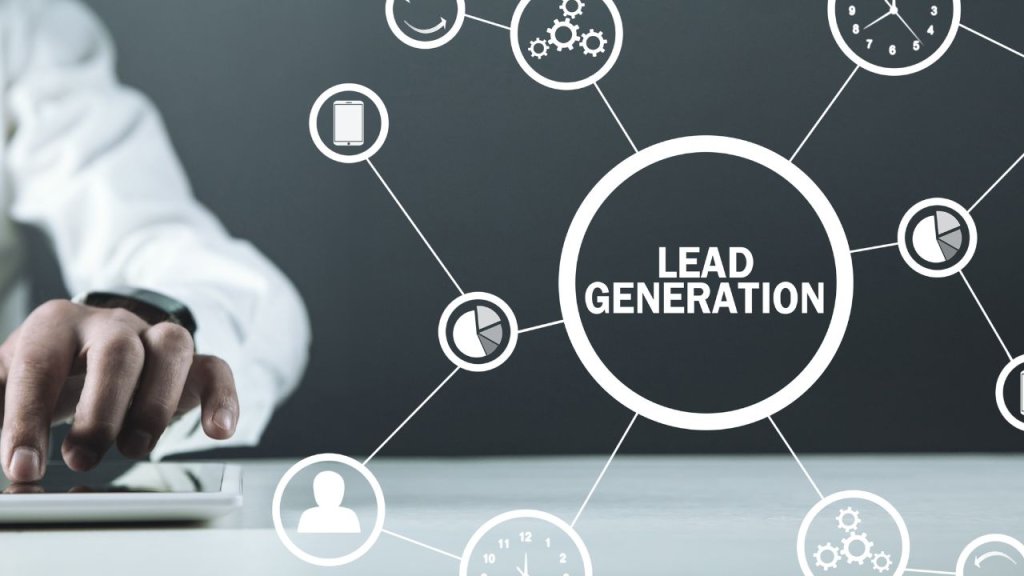
One effective way to encourage people to join your email list is by offering them a special reward or incentive. This could be a one-time discount, a free gift, or an exclusive invitation to an event. Another option is to enter new subscribers into a contest where they have a chance to win something exciting. The specific lead magnet that works best for your company may vary and evolve over time. It could be an introductory offer or a loyalty program that provides ongoing value to your subscribers.
Depending on your business goals and how quickly you want to grow your email marketing list, you might employ multiple strategies for acquiring new subscribers. For instance, having an email signup form in the footer of your website is a common practice. In this location, you may not offer any additional incentives other than the opportunity for fans to stay connected with your brand.
However, you may also want to consider more proactive methods to attract potential subscribers. For example, if someone adds an item to their cart but becomes inactive for a few minutes, a pop-up could appear offering them a discount on their first order in exchange for their email address. This not only helps you gain a new subscriber but also reduces the chances of an abandoned cart.
QR codes can also be utilized to attract email subscribers through printed materials like postcards and flyers. Additionally, you can strategically place email opt-in offers all over your website, including product pages, blog posts, the homepage, and other relevant locations.
Offer Incentive To Subscriber
When it comes to creating incentives for new subscribers, there are a few important factors to consider. First and foremost, you need to ensure that your offer is truly valuable. While you may be hesitant to give away too much, it's essential to understand that people are increasingly cautious about sharing their email addresses due to the prevalence of spam. Therefore, it's worth considering offering something truly irresistible as a one-time cost in exchange for a new subscriber. By doing so, you can continue to engage with them and potentially turn them into highly valuable customers.
Additionally, your incentive should be compelling and exciting. You want your visitors to immediately feel a sense of interest and say, "Yes, I want that!" Remember, you only have a few seconds to capture their attention, so keeping it simple and using powerful language can greatly boost excitement.

However, it's important not to promise too much and then underdeliver. While it may be tempting to stretch the truth in order to create an appealing offer, it's crucial to be honest and transparent. For instance, offering a 25% discount sounds compelling, but if it's filled with restrictions and exclusions, it will leave your customers disappointed. This can harm the budding relationship you're trying to establish. If you're limited in what you can offer, consider focusing on a specific product and promoting a discount like "20% off our popular, new Paris fragrance!"
The key aspect to keep in mind when designing a lead magnet or introductory offer is to consider what would truly be valuable to your customers. Sometimes, a simple how-to guide can be greatly appreciated, and the best part is that it doesn't cost you anything once it's created. If it solves a problem or provides value to your customers, they will appreciate it and gladly provide their email addresses in exchange.
Remember, these bonuses and gifts can also be incorporated as part of an initial purchase or offered when customers agree to join your email list. By offering valuable incentives, you can attract new subscribers and start building meaningful relationships with your audience.
How To Create Proper Email For Marketing
If you're new to email marketing for your online store, it's essential to save time and provide consistency by using predefined formats and templates for your emails. Starting from scratch every time you send an email can be time-consuming for you and confusing for your customers. By creating a set of reusable formats and templates tailored to different types of emails, you can streamline your email creation process and ensure a cohesive look and feel across your campaigns. This approach allows you to focus more on crafting compelling content and engaging with your audience rather than worrying about the design and layout of each email.
Choose Between Text and HTML
When it comes to choosing the format for your emails, you have two options: text-based or HTML-based emails.
Text-based emails are simple and straightforward, resembling the kind of messages you might send to a colleague or friend. They have a plain text format, which can actually work in your favor as they may not immediately appear as marketing emails. This simplicity can help your message cut through the clutter in your recipients' inboxes. However, text-based emails have their limitations. They lack visual appeal and don't offer much flexibility in terms of layout or product presentation. Additionally, without visual branding elements, some recipients may not remember or recognize your brand.
On the other hand, HTML-based emails provide a wide range of options for capturing attention and engaging with customers. These emails utilize HTML code to create visually appealing designs that are consistent with your brand's look and feel. This visual branding reassures customers that the emails are indeed from your business. HTML emails also offer reusability, meaning you can create templates that can be easily customized for different campaigns. They can include interactive elements like buttons, which can increase the likelihood of recipients clicking on your content. Furthermore, HTML emails allow for dynamic content that can be tailored to each subscriber based on their location, past order history, and other relevant data.
It's important to note that creating and designing HTML emails may require more time and expertise compared to text-based emails. Ensuring mobile responsiveness, where the emails display properly on different devices, can be a particular consideration. However, the added effort can be worthwhile as HTML emails provide more opportunities for visually engaging your audience and delivering personalized content.
Email Service Provider
Creating visually appealing and professional-looking emails for your online store doesn't have to be a daunting task. Many email service providers (ESPs), like MailPoet, offer user-friendly email builders that eliminate the need for coding or hiring a developer.

MailPoet, specifically designed for WordPress users, offers a wide range of email templates that serve as a great starting point. You can select a template that suits your brand and customize it to align with your store's unique style and messaging. With the drag-and-drop editor, you can effortlessly arrange elements and design visually stunning emails, without any coding knowledge.
MailPoet also allows you to save your customized templates for future use, making it convenient and time-saving. You can set your brand colors, choose specific fonts, and define styles for buttons, giving your emails a consistent and professional appearance. These settings can be configured at the account level, ensuring a unified branding experience across all your marketing campaigns.
Depending on your email marketing strategy, it can be helpful to create a few main templates that cater to different types of emails. For example, you can have a template for monthly newsletters, another for special sales and promotions, and one for product announcements or partnerships. This approach streamlines the email creation process and maintains a cohesive look and feel throughout your campaigns.
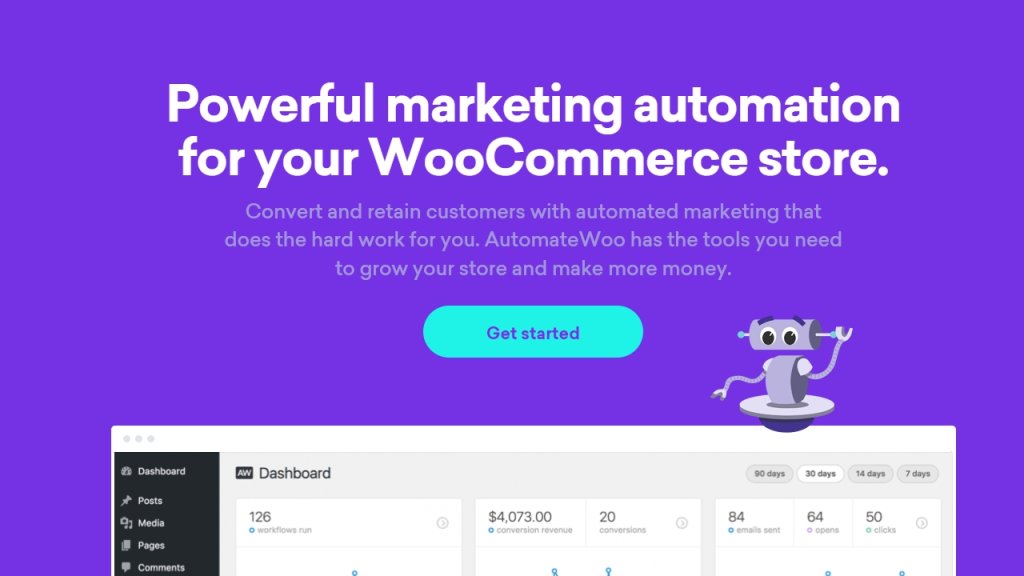
If you have HTML expertise or plan to hire an expert, AutomateWoo offers a raw HTML option for advanced customization. However, if you're not a designer or prefer a simple solution, MailPoet is an excellent choice. Its user-friendly interface allows you to easily customize fonts, branding, colors, images, and layouts, ensuring your emails reflect your store's unique identity.
To get started with MailPoet's email editor, you can follow a step-by-step guide provided by the platform. This guide will walk you through the process, making it easy for you to create professional and visually appealing emails for your online store without any hassle.
Segment Your Audience
The competition for attention in the inbox has intensified over time. Sending every email to every subscriber is no longer effective. To ensure your email campaigns resonate with your audience, it's important to identify the specific segment of your subscriber list that will be most receptive to your message and target them accordingly.
If your objective is to increase reviews, it's wise to focus on previous customers or recent purchasers. You can create two distinct segments: one for those who have made recent purchases and another for those who haven't bought anything in a while.
For generating a surge in sales revenue, crafting a special discount offer and sending it exclusively to customers who have previously responded to discounts can be highly effective. This incentive has been proven to resonate with this particular audience.
Segmentation plays a pivotal role in enhancing personalization within email marketing. Personalization involves delivering the right message to the right person at the right time. By utilizing plugins such as MailPoet and AutomateWoo, you can achieve precisely that. These email marketing tools leverage segmentation and automation to personalize the experience for each subscriber.
There are various methods to organize your subscribers, and it's possible to use multiple approaches simultaneously. For instance, you could start with a simple division into two groups: one for previous customers and another for subscribers who haven't made a purchase yet.
Previous customers may not require as much product education or social proof, such as reviews. Since they have already been convinced to make a purchase, they may prefer to receive information about your newest products or the latest specials you have to offer.
On the other hand, subscribers who haven't made a purchase yet may benefit from learning more about how your products work, seeing demonstrations, reading reviews from real people, or hearing about your risk-free trial or sample offerings. Providing this additional information can help build trust and encourage them to make their first purchase.
By segmenting your audience and tailoring your email content to their specific needs and interests, you can enhance personalization and significantly improve the effectiveness of your email marketing strategy.
You have the option to utilize a tool called MailPoet in order to send reminders to customers who have made recent purchases. This tool allows you to highlight a particular item they bought and request a review from them. Additionally, you can set up automated emails to be sent to buyers a few weeks after they have finished their transaction, prompting them to provide feedback.
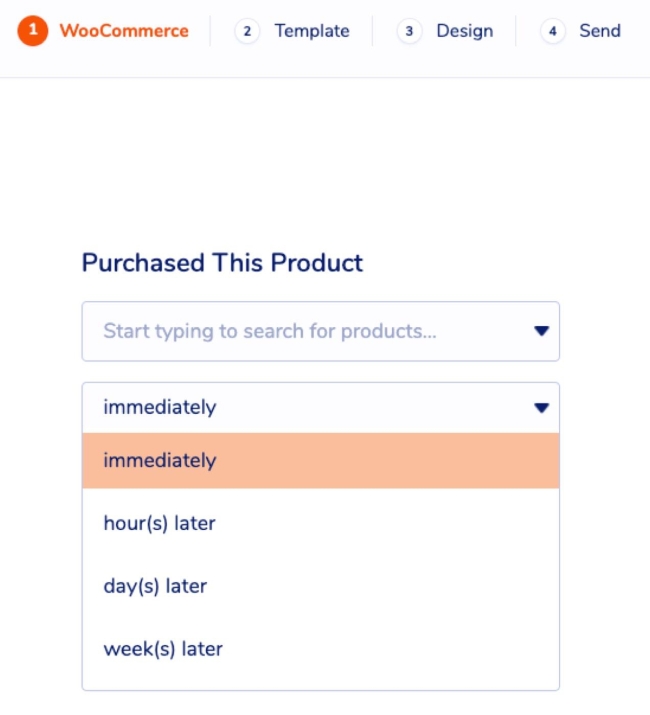
To create an effective email marketing strategy for inactive customers, it's important to provide additional context to remind them about your brand. This is also an opportunity to re-engage them by showcasing your latest offers.
If your goal is to increase revenue, it's essential to consider the difference between new and existing customers. For new customers, provide detailed information about your products, include testimonials, highlight customer support channels, and emphasize any generous return policies you have in place.
On the other hand, emails to existing customers should focus on upselling, related products or services, new product launches, and refer-a-friend programs.
It's crucial to send emails that are relevant to each individual. People dislike receiving excessive emails that are not of interest to them. To ensure optimal performance, you can limit your contact with each subscriber to a maximum of five times per month. By segmenting your audience and sending personalized emails to each group, you can reserve those touchpoints for the most relevant messages and greatly enhance your results.
To facilitate this process, you can utilize tools like AutomateWoo, which will automatically add or remove people from different segments as their information changes. For example, you may have a segment for customers who made a purchase within the last year. Some individuals will start off on that list but may be removed if they don't make a second purchase before the year ends.
Use Customer Data
Segmentation is just the beginning of personalization. To truly show that you understand your customers and their needs, it's important to use dynamic fields in your emails. By including personal customer data like their name, purchased products, location, workplace, and other relevant information, you demonstrate your competence and knowledge as a business.
You can further enhance personalization by incorporating additional details such as the current year, birthdays, anniversaries, and dates of first purchase. This concept is similar to "mail merge" in direct mail campaigns. Essentially, you write one email, but with the use of dynamic fields, each customer will see their own data in the appropriate sections of the email.
Most email service providers (ESPs) offer tools to help you implement these personalized elements in your emails. For instance, MailPoet provides shortcodes for various popular personalizations. Additionally, you have the flexibility to create custom shortcodes that are unique to your store, allowing you to further tailor your communications to individual customers.
Automate Email Marketing
Automating certain tasks in email communication can significantly save you time when it comes to staying in touch with your customers.
Let's consider an example. If you have information about your customers' birthdays, you can set up an automated email to be sent around their birthday. Instead of writing individual emails for each customer, you can create this email in advance and schedule it to be sent to each customer at the appropriate time.
Another common instance of email automation is the welcome email. When someone new subscribes to your email list, you can create a single welcome email or a series of emails that will be sent to each new subscriber automatically. Once you have set up the automation, you don't have to do anything further.
A welcome email series serves several purposes. It can express gratitude for the customer joining your email list, introduce your value proposition, share success stories from other customers, direct them to helpful blog articles, showcase popular products, provide special deals exclusively for new subscribers, and much more.
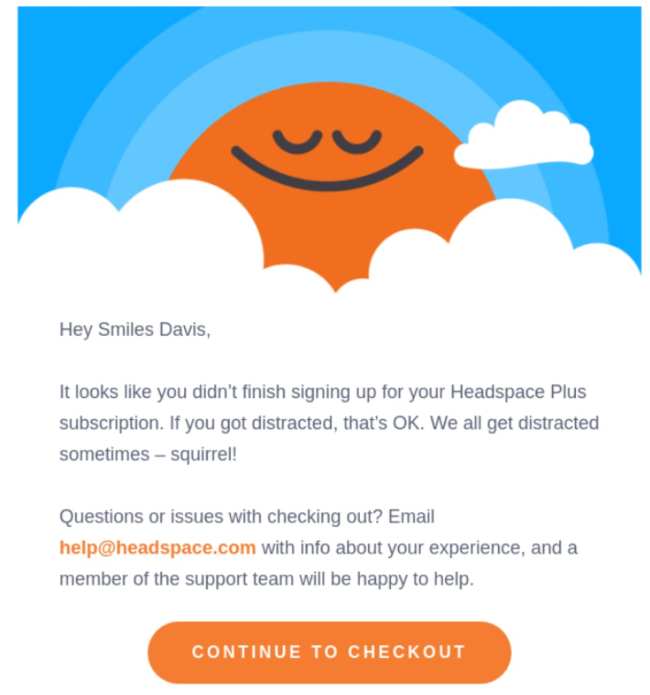
Email Marketing Campaign Frequency
Consistency is key when it comes to managing your inbox. However, being consistent doesn't necessarily mean sending an email every business day at 8 am. The number of emails you should send within a specific timeframe depends on your store and your audience. To stay relevant and engaging, you might find it more effective to limit your emails to 2-3 times per week.
Let's consider a couple of examples to illustrate this point. If you're running a membership program that offers weekly recipes, your subscribers might anticipate receiving a preview every Sunday, giving them a taste of what they could expect if they joined.
On the other hand, if your business caters to busy professionals, it might be better to send a monthly newsletter containing useful tips and industry news. This way, you maintain consistency while respecting your subscribers' time constraints.
For B2B businesses with longer sales cycles, emails play a crucial role in nurturing leads, staying top of mind, and guiding subscribers through the customer journey with increasing engagement.
Another factor to consider is the amount of time you can dedicate to writing effective emails. Can you commit to sending a newsletter every week without fail, or would it be more practical to send it once a month? It's essential to avoid making promises you can't keep or sending out ineffective or poorly-written emails.
To find the right frequency for your email marketing campaigns, you may need to experiment with different strategies. Here are some best practices to help you determine the ideal cadence for your emails:
- Start by sending monthly emails consistently, which will help you establish a routine. You can always increase the frequency later if necessary.
- Take into account your subscribers' purchasing patterns. Do they make monthly repeat purchases or have quarterly subscriptions? Align your email frequency with their buying cycles.
- Use automation and personalization techniques to tailor the frequency of emails to each subscriber's recent activity level and interests.
- Instead of bombarding your audience with a high volume of less effective emails, focus on sending fewer, well-thought-out messages that provide value.
- Consider implementing a preference center where subscribers can customize their email communication preferences, including when they want to receive emails.
By following these practices and adapting to your audience's preferences, you can strike the right balance and maximize the impact of your email marketing efforts.
Create Valuable Content
When developing an email marketing strategy, one of the most significant mistakes you can make is solely focusing on sales and discounts without properly highlighting the value of your products and the mission of your business.
While emails centered around discounts can generate immediate revenue and short-term benefits, consistently offering discounts on your product will eventually diminish its perceived value among consumers.
To create an effective email marketing strategy, it's crucial to determine what makes your product invaluable and how it can enhance the quality of your customer's lives. Answering these questions, along with employing visual creativity and storytelling, plays a vital role in success.
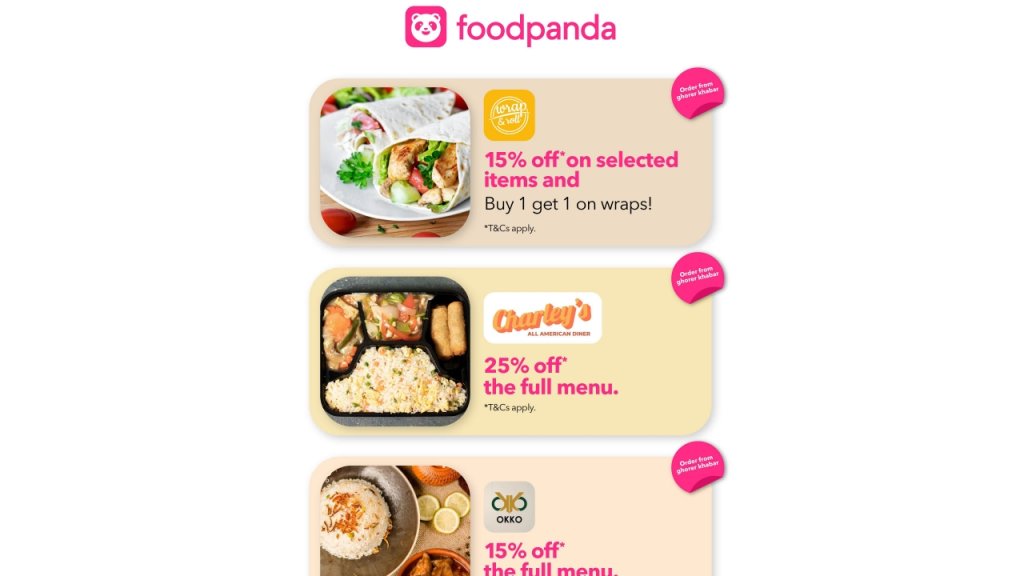
In simpler terms, your aim should not be limited to merely listing product features and statistics. Instead, you should demonstrate how your products can positively impact the lives of your subscribers. Make it relatable to them.
Additionally, segmenting your email list is valuable in this process. While the product features may be the same for everyone, different segments of your audience will utilize the product in various ways.
Besides showcasing the usefulness of your products, it's important to offer value in ways that extend beyond sales.
Improve Engagement
When it comes to email marketing, the term 'engagement' is frequently mentioned as you learn more about it. But what exactly does email engagement mean?
Is it just about the number of clicks an email receives? Well, clicks are indeed one aspect of engagement because they show that the recipients were motivated to take further action.
However, not every email aims solely to generate clicks. Sometimes, the primary goal of an email is to provide value, convey important information, or create anticipation and excitement around an upcoming event, like a sale, grand opening, or new product launch.
Certain platforms offer the capability to track how much time a person spends reading your email, for example. This is another form of engagement measurement.
Other aspects of engagement involve analyzing which specific links within the email are clicked by subscribers. Let's say you have two text links and two buttons in an email. If a significantly larger number of people click on the text links compared to the buttons, it gives you insights into what truly engages your audience.
Although email open rates may not always be entirely accurate, they can still provide useful information to assess engagement. This is especially true when comparing open rates among different emails and examining your own internal data.
Inbox preview
Engaging your email recipients depends on them actually opening the email. However, many people tend to focus solely on the subject line when it comes to email engagement. In reality, the email inbox consists of three main elements in most mailbox clients:
- Subject Line: This is the line that summarizes the content or purpose of the email. It's crucial to craft an attention-grabbing subject line to increase the chances of your email being opened.
- Sender's Name: The name displayed as the sender of the email. It's important to optimize this element as well. Once your email list is large enough, you can use A/B testing to experiment with different sender names. You can try using your company name, names of specific individuals within your company, or a combination of a person's name followed by the business name. The goal is to make it appealing, relatable, memorable, and human. People are more likely to engage with emails that feel personal rather than automated.
- Preheader: The preheader is the text that appears alongside the subject line in most email clients. If you don't customize this section, it will typically display the opening sentence of your email. Neglecting to consider the preheader is a missed opportunity. Take a moment to think about how you can make it engaging and complementary to your subject line. Use it to further connect with your recipients and build anticipation for the email's content.
To optimize engagement, it's essential to pay attention to these three elements. You can use tools like Campaign Precheck Inbox Display to preview how your email will appear in different inboxes and on various devices. Remember, the key is to create a personalized and human connection with your recipients, as people are more likely to engage with emails that feel authentic and relatable. Don't forget the power of a well-crafted preheader that complements your subject line and captures your recipients' attention.
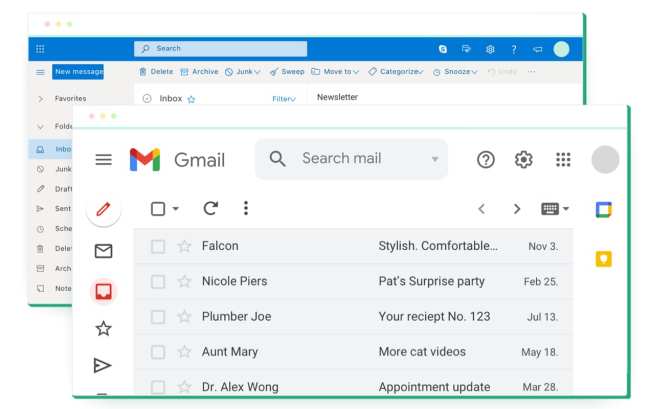
When it comes to subject lines, choose something that makes the subscriber curious and eager to learn more. Here are a few ways you can achieve this:
- Create curiosity by starting a thought but leaving it unfinished.
- Be intriguing and captivating while keeping the subject line vague.
- If your offer is compelling, lead with it in the subject line.
- Provide specific details, such as the start or end time of a sale.
- Use references to popular culture or celebrities that your audience will recognize.
Subject lines are a broad topic that could be discussed at length, but the most important rule to remember is to deliver on the promise made in your subject line. If you entice subscribers with an intriguing subject line but fail to follow through in the email content, they may become annoyed and mark your emails as spam. And that's something you definitely want to avoid.
Engagement Requires Deliverability
As an email marketer, your role goes beyond simply building an email list and sending relevant messages. It is crucial to maintain a healthy email list to avoid ending up in spam folders, promotions tabs, or having your messages rejected by mailbox providers.
Being marked as spam frequently can result in being added to a blocklist, which significantly reduces the number of emails that reach your subscribers. It's not easy to get removed from a blocklist, assuming you even receive a notification about being on one. Therefore, it's important not to annoy your subscribers.
So, how can you ensure a healthy email list? It starts with building your list correctly, which means never purchasing email lists or sending messages to individuals who haven't given you permission to contact them.
Additionally, you should keep an eye on inactive subscribers or bounced email addresses and remove them from your list. Sending emails to fake or expired addresses indicates poor email list hygiene, which can harm your sender's reputation. Continuously doing this may lead to your store's email address or IP being added to a block list.
Remember, if your emails don't reach your subscribers, it becomes challenging to generate revenue from your email marketing efforts.
All of these factors contribute to what is known as email deliverability.
Moreover, maintaining a clean list has additional benefits. It ensures you don't waste money on inactive email addresses and keeps your data accurate, allowing you to make informed marketing decisions. For example, if you're concerned about low email open rates and discover that a significant portion of your subscribers hasn't engaged with your emails for over five years, removing those inactive subscribers from your list will instantly improve your open rates.
Engagement Impacts Deliverability
Engaging with your audience is crucial for successful email delivery. When you have good engagement, it improves the chances of your emails reaching their intended recipients. Similarly, better deliverability leads to increased engagement. If more people have the opportunity to see your emails, more people can interact with them.
To establish and maintain this mutually beneficial relationship, it's important to put effort into your email marketing from the start. Simply adding names to your email list and bombarding everyone with emails indefinitely won't yield positive results. You need to incorporate list maintenance as part of your email marketing strategy.
In order to optimize engagement, there are certain practices you should follow. Firstly, personalize your emails using dynamic fields to make them more relevant to each subscriber. Additionally, segmenting your audience helps increase the relevance of your content. It's essential to use authentic subject lines that don't manipulate or deceive recipients. Your emails should deliver on the promises made in the subject line and preheader. If possible, focus each email on a single topic, unless it's a newsletter. Make sure there are no broken links in your emails, and include images that are both visually appealing and relevant. Lastly, provide clear and compelling calls to action (CTAs) to encourage recipients to take action.
Automated emails are a valuable tool for engagement. Since they are typically triggered by specific actions, they tend to generate higher engagement rates. This is beneficial for building a positive sender reputation.
Technical Ways To Improve Deliverability
By using a few email authentication protocols. Your email service provider is the best source of information for this, so you can ask them for assistance.
In simple terms, email authentication aims to help email providers like Yahoo, Gmail, and your workplace recognize that the sender of an email is indeed who they claim to be. Emails that are properly authenticated have a higher chance of being delivered successfully compared to those that are not. If you're experiencing difficulties with your emails reaching the inbox or noticing very low engagement, it might be worth considering email authentication.
The three most commonly used email authentication protocols are:
- DKIM
- SPF
- DMARC
The acronyms represent various technical terms, but the main point here is to make you aware of their existence. If you need assistance, don't hesitate to contact your email service provider.
Use Social media As A Part Of Email Marketing
Incorporating social media into your email marketing strategy can be a powerful way to enhance your overall marketing efforts and reach a wider audience. Here are some effective ways to use social media as a part of your email marketing:
- Cross-Promotion: Promote your email newsletter or special offers on your social media platforms. Encourage your social media followers to sign up for your email list to receive exclusive content, discounts, or updates. You can create eye-catching posts with compelling call-to-action buttons or links to your email sign-up page.
- Share Email Content: Leverage your email content by repurposing it for social media. Extract key highlights or interesting snippets from your newsletters or promotional emails and share them as social media posts. This can pique the interest of your social media audience and entice them to subscribe to your email list to get more valuable content.
- Social Sharing Buttons: Include social sharing buttons within your email campaigns. Make it easy for your subscribers to share your email content with their social media networks. This can help increase your reach and expose your brand to a wider audience, potentially attracting new subscribers.
- User-Generated Content: Encourage your email subscribers to share their experiences with your brand on social media. Create interactive email campaigns that prompt subscribers to share their stories, photos, or reviews using a specific hashtag or by tagging your brand. This not only generates user-generated content but also expands your brand visibility on social media.
- Social Media Ads: Utilize social media advertising to target your email subscribers or lookalike audiences. By syncing your email list with social media platforms, you can create customized ad campaigns specifically for your subscribers. This can reinforce your brand message, promote special offers, or drive traffic to your email sign-up page.
- Social Contests and Giveaways: Organize contests or giveaways on social media that require participants to subscribe to your email list as an entry requirement. This helps grow your email subscriber base while also boosting engagement on your social media channels.
Remember to align your messaging and branding across both your email and social media platforms. Consistency in tone, design, and content will reinforce your brand identity and ensure a seamless experience for your audience.
Leverage Customer Journey
When customers interact with your products and brand, they go through several stages. It's important to understand these stages and utilize various channels to effectively engage with them. While email marketing alone may not be enough, especially for new or small e-commerce businesses, it's crucial to start thinking about a multi-channel approach from the beginning. Your marketing strategy should evolve as your business grows.
To establish an effective email marketing strategy, consider the different stages that your subscribers may be in along their journey. Tailoring your messages to these stages allows you to meet your audience where they're at. Furthermore, you can combine your understanding of the customer journey with email segmentation, ensuring that subscribers only receive relevant messages based on their position in the journey.
The first stage is "Reach" or "attraction," where potential customers become aware of your brand. While email marketing may not directly increase awareness in this phase, it's important to be mindful of it so that those you reach can join your email list and enter the next phase: "Acquisition." Any action that allows you to follow up with potential customers counts as an acquisition, such as liking a social media post or joining your email or SMS list. Providing automated welcome sequences for those who join your lists or make a purchase is crucial.
"Conversion" occurs when acquired leads become customers. Effective email marketing, featuring consistent, relevant, helpful content and occasional offers, plays a key role in converting leads into customers.
Once you have customers, the next stage is "Retention." Email marketing becomes a valuable tool for sending out helpful, actionable messages and valuable content, as well as directing customers to other channels where they can engage with multimedia content.
Finally, "Loyalty" involves fostering customer loyalty through repeat purchases, membership programs, positive reviews, and content sharing. Email marketing can support this by providing great content to share and promote, along with emails expressing gratitude and surprises to enhance customer loyalty.
Wrapping Up
Developing an effective email marketing strategy for your online business is not only crucial for your current success but also for scaling up your business in the future. By implementing a well-crafted email marketing plan, you can significantly impact the growth and expansion of your online venture.





